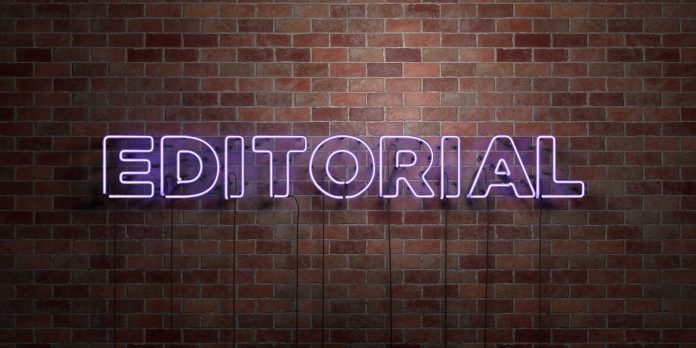Stonewall 50 is a celebration most folks in the LGBTQIA-plus community are embracing. At a time when hope is running thin, we can see the historical gains those before us were able to make in a short time.
Among other things, this might give our community a chance to explore the intersection of ageism through a queer lens. Older LGBTQ folks face the same challenges as those in the community at large, but often at a higher level. Many are cut off from their families of origin and less likely to have children, therefore becoming more likely to depend on families of choice.
It’s important to remember that many LGTBQ folks aging now grew up in a completely different historical moment — witnessing the first-ever Pride parade (not one corporately sponsored), experiencing police brutality, living through the AIDS crisis. They saw firsthand a time when second-parent gay adoption didn’t exist, fertility treatments for same-sex couples were not available and getting a job was even more of a challenge.
In Philadelphia, we have amazing organizations that are alleviating some of the stress, such as SAGE and the Anderson House, among others. But if young people invest in history during this monumental time, it’s a great opportunity to invest in those who created that history.
We have an opportunity to intergenerationally educate one another, offer companionship and destigmatize the process of aging. We aren’t doing enough. We can organize with inclusion, target aging populations in social-media groups and within intersectional spaces, and depend on those 65 and older to attend protests and help brainstorm the best way to achieve an ethical protest.
Along with systemic challenges, the LGBTQ population is, like larger society, appearance-obsessed. While it may take different forms, like perfecting the queer cut, wearing Docs and patches and sporting bartered stick-and-poke tattoos, we rarely admit to this societal downfall — which can leave a discussion about the aging body behind, as well as other bodies.
Let’s start having difficult internal conversations and be sure to include the aging bodies in those conversations — the role that we, as an often-progressive community, can be leaders in the fight against ageism. Intersectionality has been a focus in our community lately, and while sometimes or often we fall short, younger folks have shown attentiveness to the ways race, class and neurodiversity impact the work we do.
Let Stonewall 50 be a springboard for age inclusion and an opportunity to grow as individuals and as a community — and to have difficult internal conversations that are both honest and compassionate.
